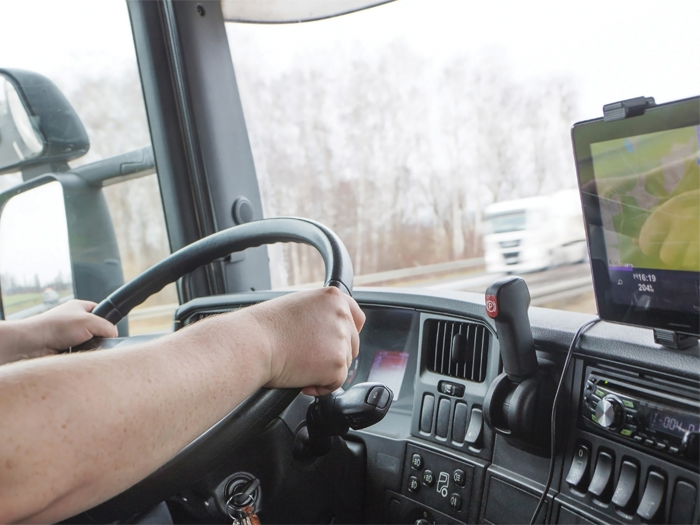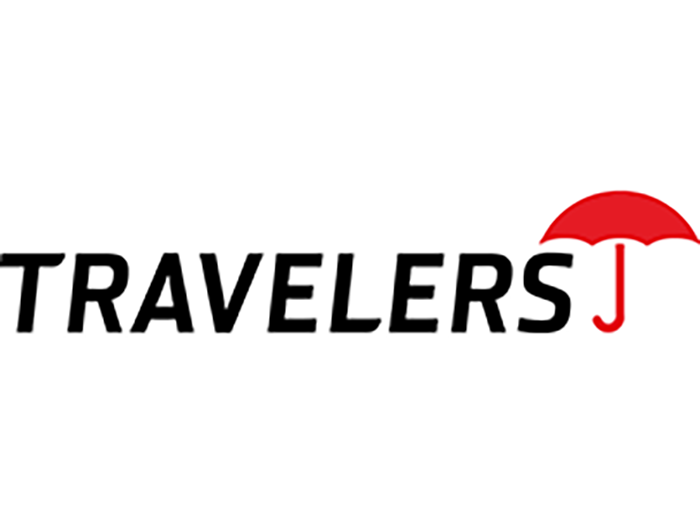Structured Safety Training Becomes Essential for Fleet Operations Facing Rising Pressures

Commercial fleets operate under mounting pressure from liability concerns, regulatory requirements, driver shortages and accident costs, making a comprehensive approach to safety training critical to business success, according to an article by HUB International.
The transportation industry faces a perfect storm of challenges: Fleets contend with escalating liability exposure, cargo damage concerns, increased regulatory scrutiny and rising insurance premiums.
Beyond these financial pressures, poor driver performance can trigger costly downtime and accelerate driver turnover—a significant problem in an industry already struggling with workforce retention. The stakes extend beyond operational concerns: safety failures can damage reputations and, most critically, endanger lives.
Responding to safety challenges with a structured approach creates accountability and demonstrates commitment to multiple stakeholders, from regulators to insurance carriers.
Four Pillars Create a Unified Safety Framework
Organizations looking to overhaul their safety practices can build on four interconnected components, according to HUB.
- The first—driver orientation training—establishes expectations during the critical early employment period through classroom instruction, behind-the-wheel coaching and ride-along evaluations. This foundation reduces incidents stemming from inexperience.
- Ongoing reinforcement represents the second pillar. Regular toolbox talks, e-learning refreshers, scenario-based training and periodic ride-alongs combat driver complacency and ensure practices adapt to changing routes, regulations and vehicle technologies.
- When incidents occur, remedial training becomes the third pillar, shifting focus from punishment to constructive coaching. This component uses data from telematics or in-cab cameras to identify specific unsafe behaviors, allowing fleets to document progress and create defensibility in audits or legal proceedings.
- Finally, technology-driven coaching integrates real-time data collection with human guidance. By pairing telematics information, electronic logging device data and camera systems with personalized coaching plans, fleets spot developing problems before they escalate and create measurable accountability.
Integration Matters More Than Individual Components
Implementing any single training element may produce marginal improvements, but the real transformation occurs when all four pillars work together, according to HUB.
An integrated framework moves fleets from reactive crisis management to proactive, sustainable safety culture. This cohesive approach delivers measurable outcomes: fewer accidents, improved driver retention and the documented commitment to safety that regulators and insurers increasingly demand.
View the full article here. &










